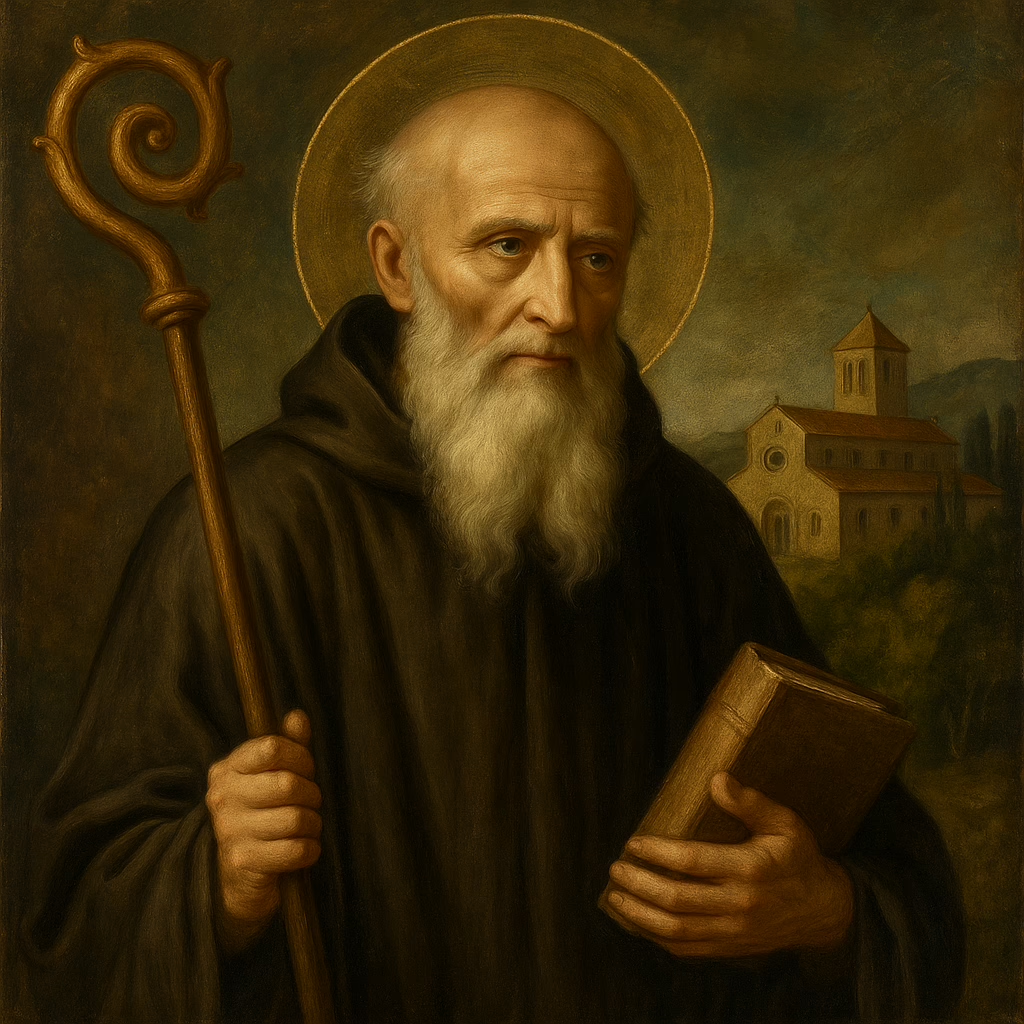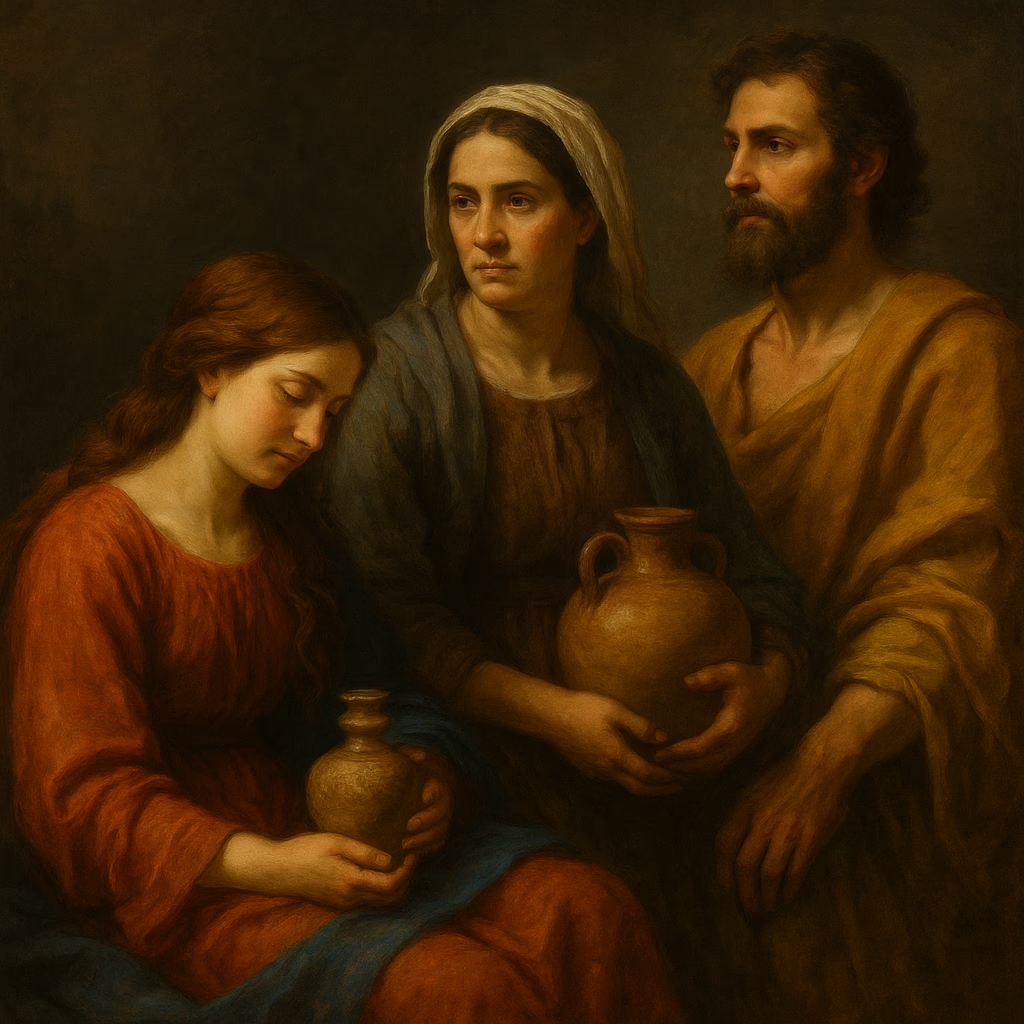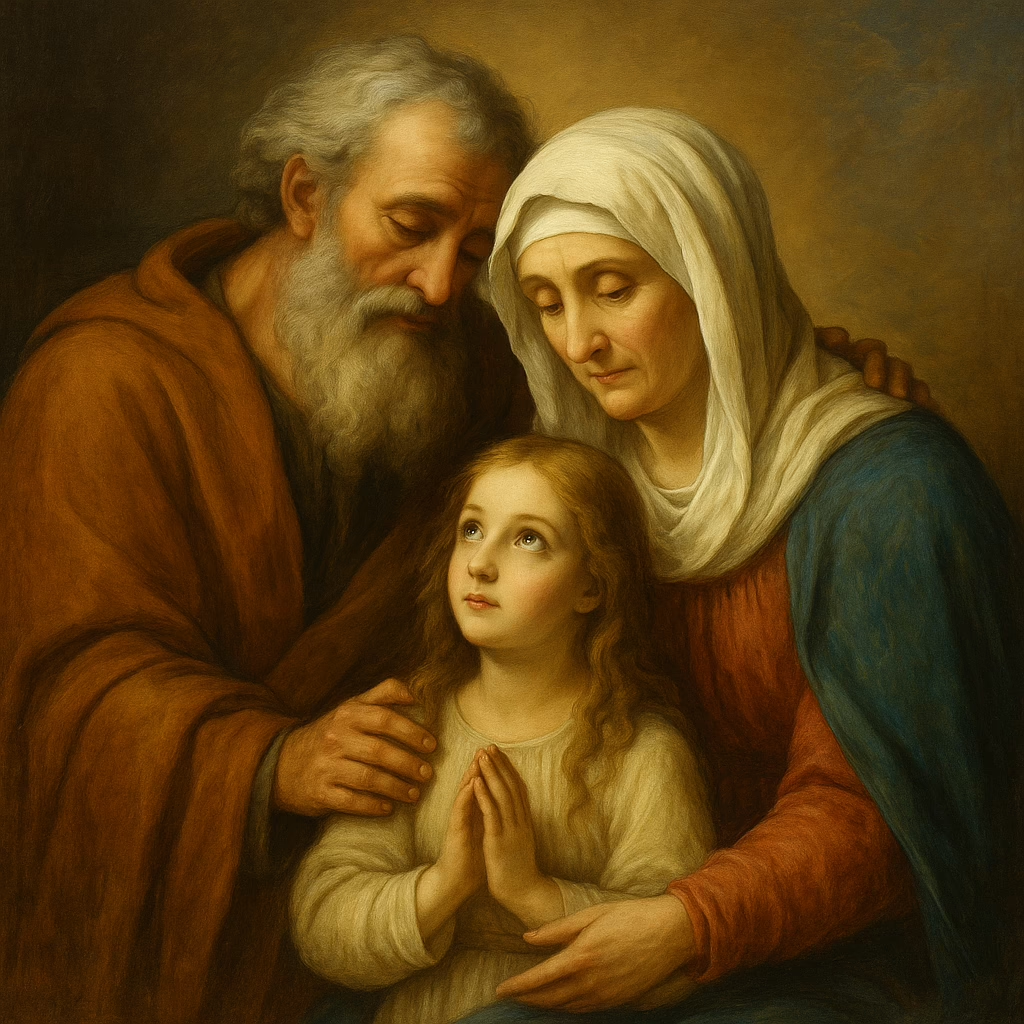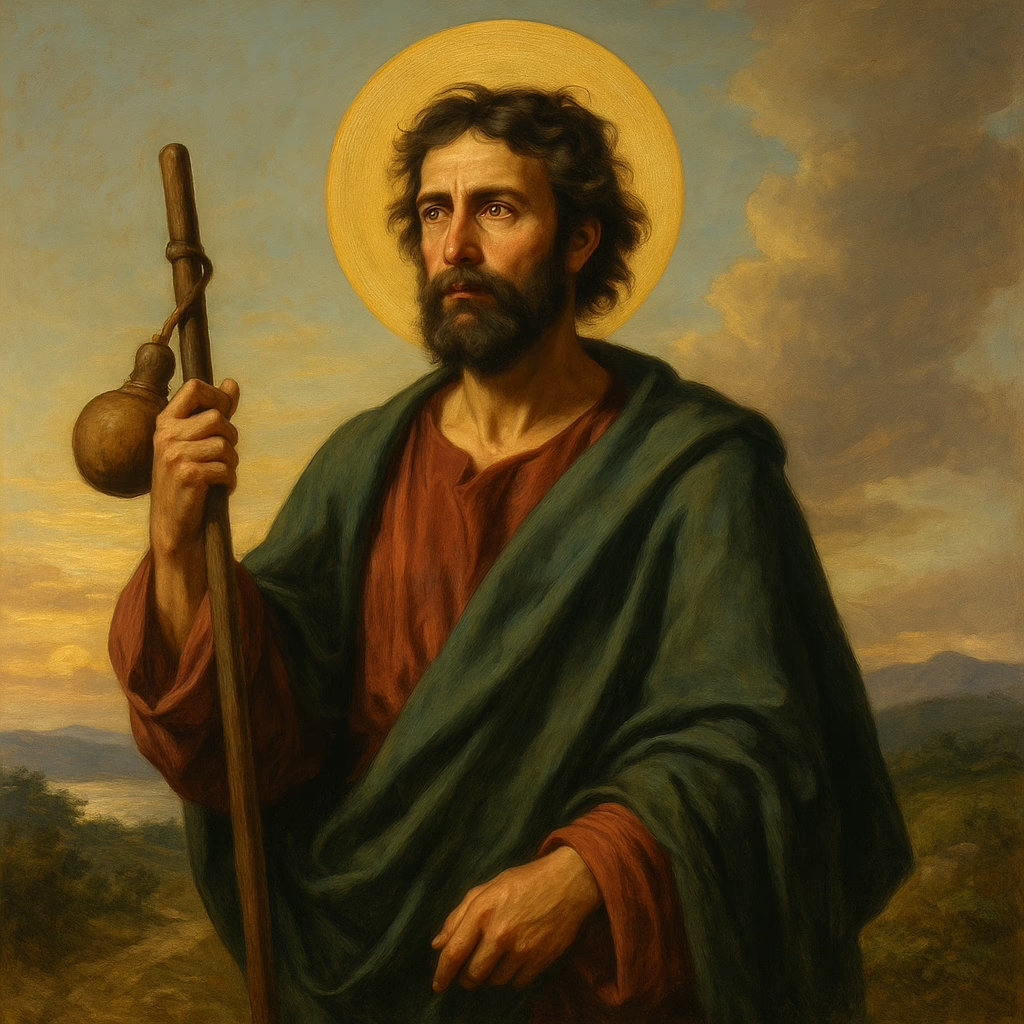Discovering Saint Benedict: The Father of Western Monasticism
Introduction: The Legacy of Saint Benedict
"Let peace be your quest and aim." – Rule of Saint Benedict
The quiet yet profound wisdom of Saint Benedict of Nursia has reverberated through the centuries, carving a legacy that has shaped the course of Christian monasticism. Known as the father of Western monasticism, Saint Benedict's role in Christian history is foundational. From the hills of Norcia, Italy, his journey from a Roman student to a venerated saint encapsulates teachings, miracles, and principles that continue to guide the faithful. This exploration into Saint Benedict’s life will journey through his early development, establishment of monastic communities, key events and miracles, lasting teachings, and spiritual practices that reflect his enduring influence.
1. Life and Significance of Saint Benedict
1.1 Early Life and Education
Born around 480 AD in the picturesque town of Nursia, now modern-day Norcia, Italy, Saint Benedict's early life set the stage for his future influence. Educated in Rome, young Benedict was positioned for a future in the secular arena but found himself increasingly disillusioned by the city's temptations. Seeking a deeper connection with God, he retreated to a solitary life in the peace of Subiaco. This retreat marked the beginning of a transformative journey, laying the groundwork for what would become a new monastic model.
1.2 Founding of Monasteries
In the tranquility of Subiaco, Benedict established twelve small monasteries, each nurturing a community of monks committed to spiritual and communal life. His vision culminated at Monte Cassino, where he founded a larger, significant monastery. Here, amidst the rolling Italian hills, he authored the "Rule of Saint Benedict," a text that became the bedrock of monastic practice for over 1,500 years. For those interested, a deeper dive into the history of monasticism reveals the seismic shifts introduced by his innovations.
1.3 The Rule of Saint Benedict
The "Rule of Saint Benedict" is a masterclass in balance and discipline, expertly weaving a tapestry of prayer, work, and rest. It provides not only a guide for monastics but a universal template for anyone seeking spiritual growth. Its influence is immeasurable, sustaining countless monastic communities and beyond. The rule's emphasis on balance—especially the triad of _prayer, work, and rest_—has been pivotal for Western monastic spirituality.
2. Important Events and Miracles in Saint Benedict's Life
2.1 Key Events
Saint Benedict's life was punctuated by events that underscored his spiritual prowess. A notable moment was the destruction of the Temple of Apollo at Monte Cassino. By converting this pagan site into a Christian sanctuary with two chapels, he sent a strong message of transformation and redemption. This action significantly impacted local culture, weaving Christian spirituality into the fabric of community life.
2.2 Miraculous Acts and Legends
Benedict's ministry was marked by remarkable miracles, showcasing his deep connection with the divine. Stories of protection and healing abound, portraying a man whose faith could dispel demons and mend the sick. These acts not only solidified his sanctity but also attracted numerous followers. For enthusiasts, a comprehensive list of miraculous acts performed by saints offers more insights into such extraordinary feats.
3. Teachings and Principles for Modern Life
3.1 Core Teachings of Saint Benedict
Saint Benedict's teachings, focusing on balance, moderation, and obedience, remain as relevant today as they were in his time. His rule emphasizes community life and hospitality, encouraging believers to embrace a spirit of servitude and warmth. In today's fragmented world, these principles echo the call towards a life focused on spiritual and communal harmony.
3.2 Practical Applications for Today
Translating Benedict's teachings into modern practice poses certain challenges, especially amidst our fast-paced lifestyle. Yet, the opportunities for integration are immense. Laypeople can find solace and structure by adopting Benedictine principles—through regular prayer, acts of service, and fostering community ties. Those intrigued can find further insights into contemporary monastic practices and how they adapt Benedict's timeless teachings.
4. Prayers and Devotion Inspired by Saint Benedict
4.1 Daily Practices for Spiritual Growth
Rooting one's life in Benedictine principles involves daily prayer and reflection. Integrating these into our routines aligns with Benedict's vision of harmony. Balancing work and rest, and engaging in community service are actions that breathe life into his teachings, creating a tapestry of personal and communal growth.
4.2 Traditional and Contemporary Devotional Practices
Traditional monastic prayers, such as the Divine Office, remain a staple of Benedictine devotion. However, contemporary practices, often supported by technology, offer new ways to connect with spirituality. Engaging with these practices invites us to partake in a modern dialogue rooted in ancient wisdom. To tap into modern Benedictine communities, individuals are encouraged to explore more ways of integrating this rich heritage into their spiritual pursuits.
Conclusion: The Enduring Influence of Saint Benedict
Saint Benedict of Nursia's life is a beacon of spiritual depth and communal integrity, casting a long shadow over Western Christianity. His principles guide countless souls in pursuit of a balanced life—a pursuit ingrained in work, prayer, and rest. Today, we are called to immerse ourselves in his teachings, exploring the "Rule of Saint Benedict" to enrich our spiritual journeys. For further exploration, readers may find inspiration in literature focusing on monastic life and its ongoing journey through history.
Call-to-Action
To delve deeper into Saint Benedict's legacy and the "Rule," readers are encouraged to explore books on Amazon detailing monastic life:
- "The Rule of Saint Benedict" by Saint Benedict (Amazon link)
- "The Benedict Option" by Rod Dreher (Amazon link)
These resources provide a window into the enduring spirit of monastic wisdom and the transformative potential it holds for today’s faithful.





